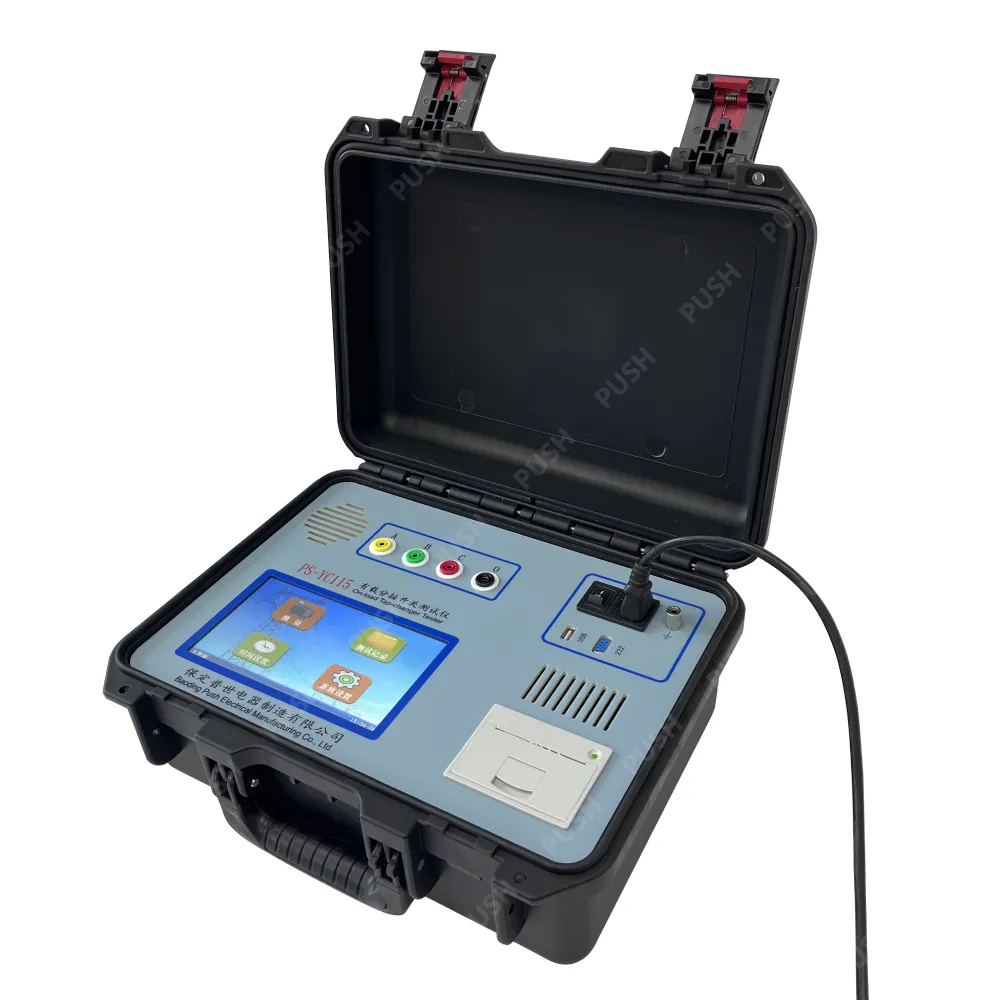 English
English


hipot test for 11kv cable
Hipot Test for 11kV Cable Ensuring Reliability and Safety
The hipot test, or high potential test, is a critical procedure used to evaluate the insulation integrity of electrical cables, including 11kV cables. This test plays a vital role in ensuring the reliability and safety of electrical systems. The 11kV cable is commonly used in medium voltage applications, such as industrial power distribution and utility networks. Therefore, conducting a hipot test on these cables is essential to prevent potential failures and maintain system performance.
Hipot Test for 11kV Cable Ensuring Reliability and Safety
During the hipot test, a high voltage source is connected to the conductor of the cable, while the shield or ground is connected to the earth. The test is then conducted for a predetermined duration, often ranging from 15 seconds to a few minutes, depending on industry standards and manufacturer recommendations. The insulation resistance is monitored throughout the test to ensure it remains within acceptable limits. A sudden drop in insulation resistance or the presence of leakage current indicates insulation failure, prompting further investigation and potential remediation.
hipot test for 11kv cable

It is important to note that proper precautions must be taken when conducting a hipot test on 11kV cables. Due to the high voltages involved, safety protocols must be strictly followed to protect personnel and equipment. This includes using proper personal protective equipment (PPE), ensuring the testing area is secure, and utilizing appropriate testing devices equipped with safety features.
While the hipot test is an effective method for assessing insulation quality, it is not the only test that should be performed. A comprehensive cable testing regimen might also include other assessments like insulation resistance testing, partial discharge measurements, and time domain reflectometry (TDR). Combining these methods provides a complete picture of the cable’s health and performance.
In conclusion, the hipot test for 11kV cables is an essential process in ensuring the safety and reliability of medium voltage electrical systems. By identifying insulation weaknesses before they lead to failures, this test helps to prevent costly downtimes and enhances the overall integrity of the power distribution network. Regular testing, proper execution, and adherence to safety protocols are paramount in maintaining the longevity and functionality of electrical cables.
-
Differences between open cup flash point tester and closed cup flash point testerNewsOct.31,2024
-
The Reliable Load Tap ChangerNewsOct.23,2024
-
The Essential Guide to Hipot TestersNewsOct.23,2024
-
The Digital Insulation TesterNewsOct.23,2024
-
The Best Earth Loop Impedance Tester for SaleNewsOct.23,2024
-
Tan Delta Tester--The Essential Tool for Electrical Insulation TestingNewsOct.23,2024





